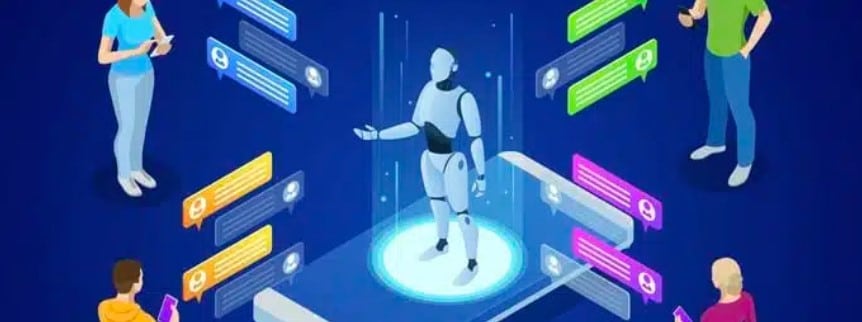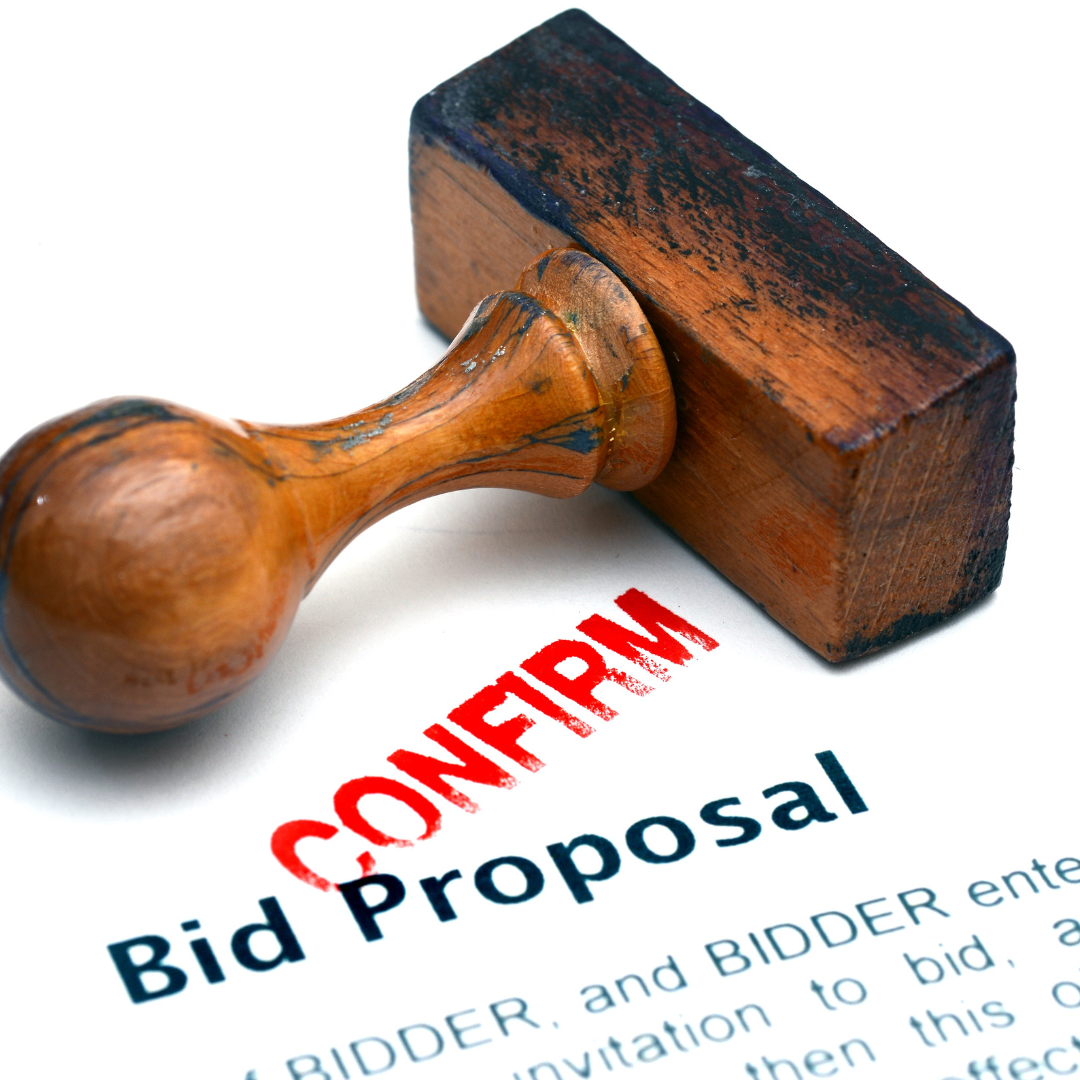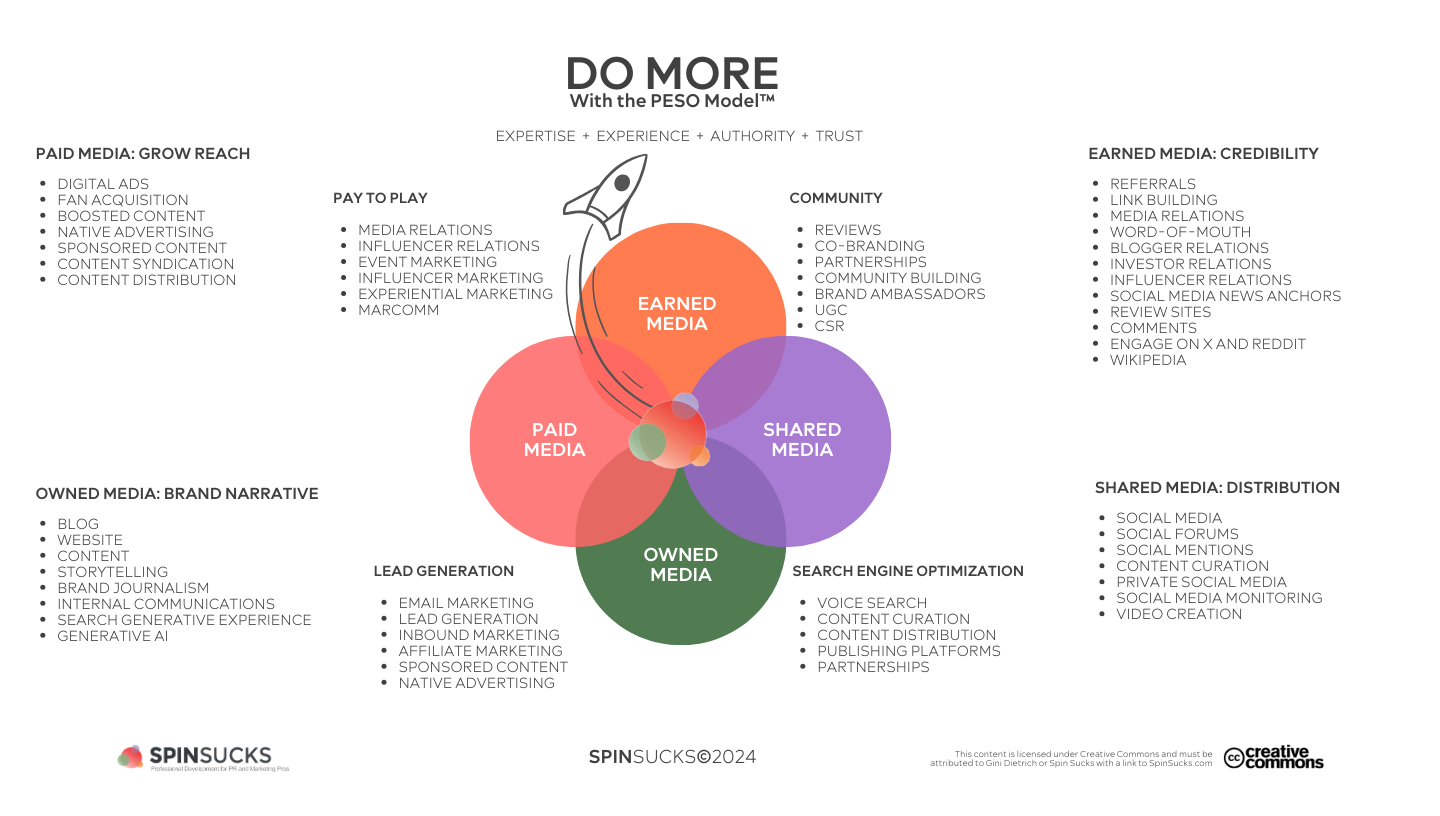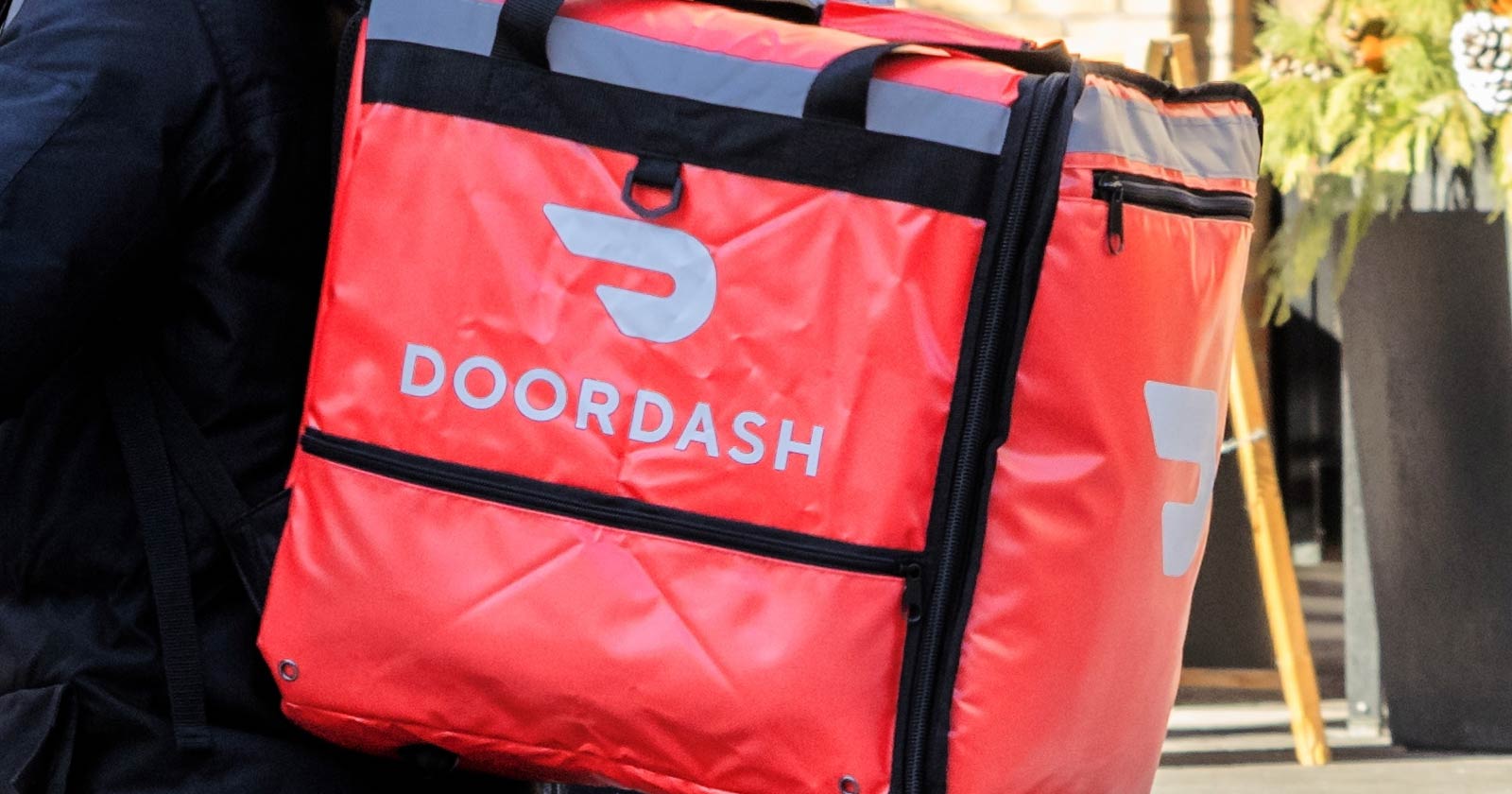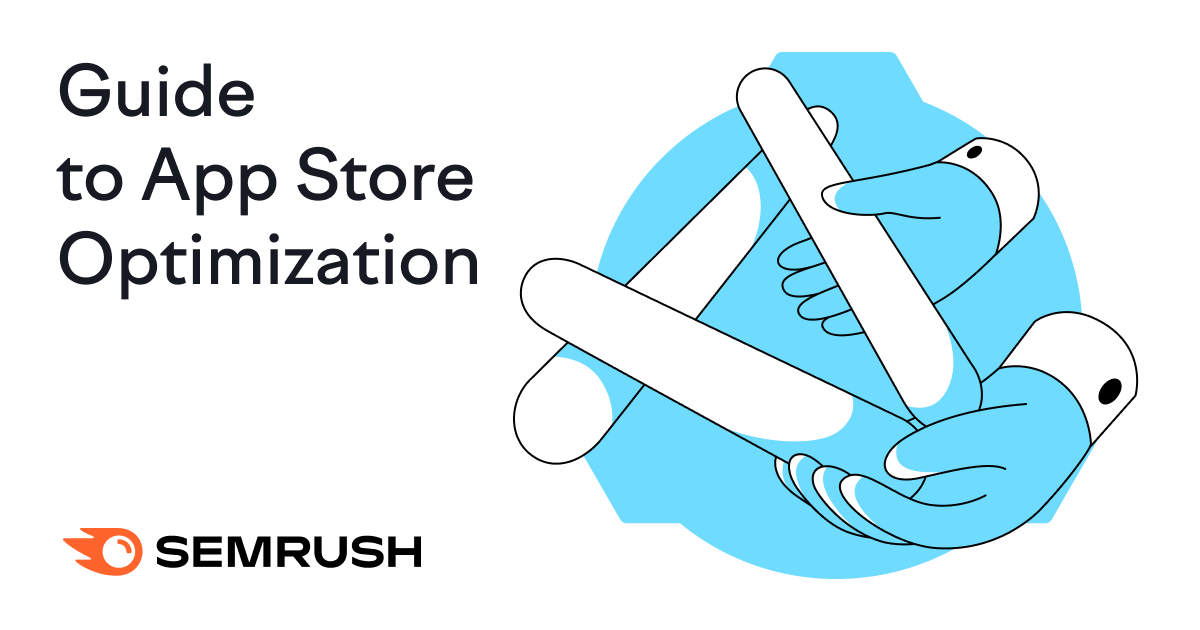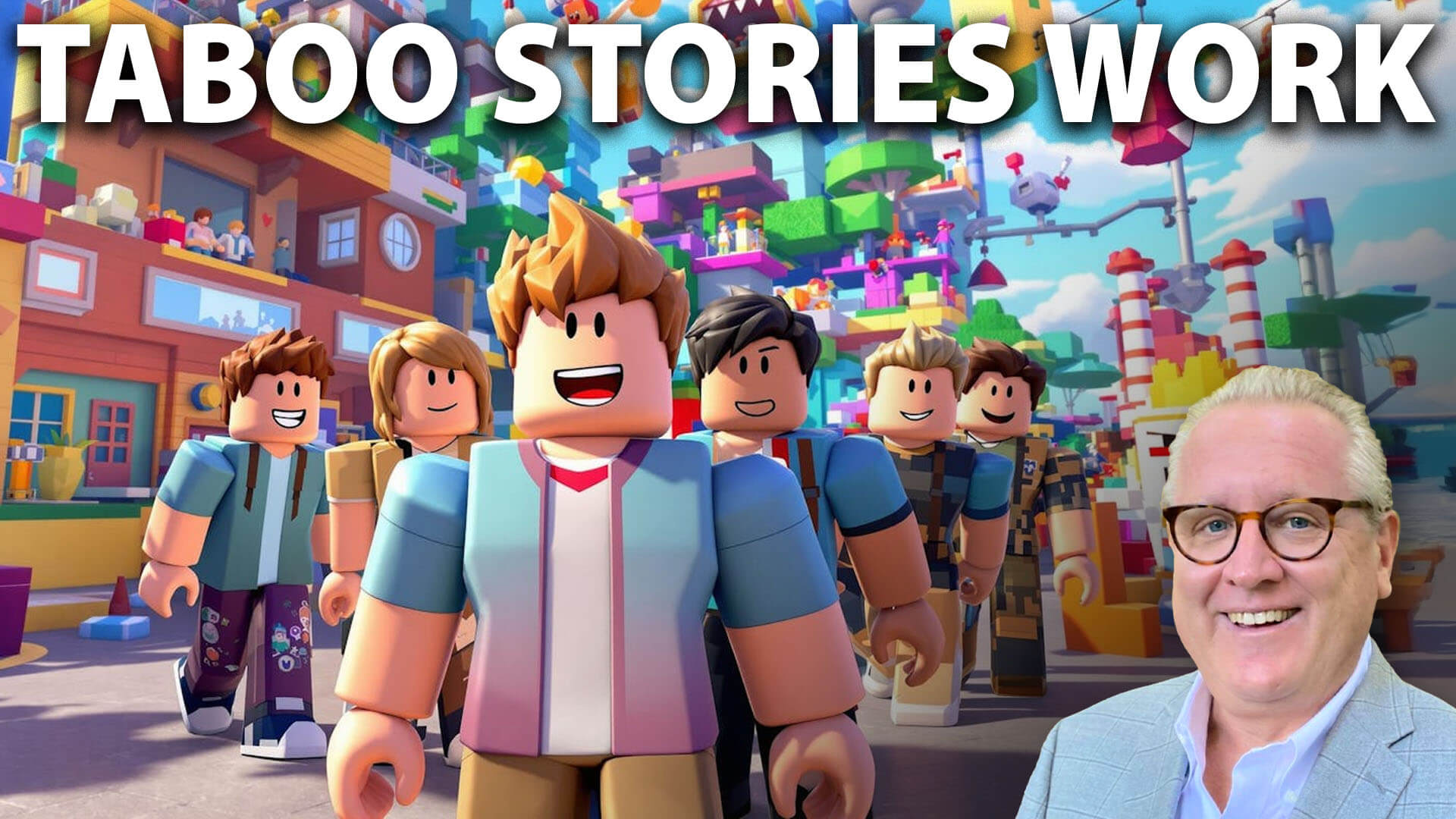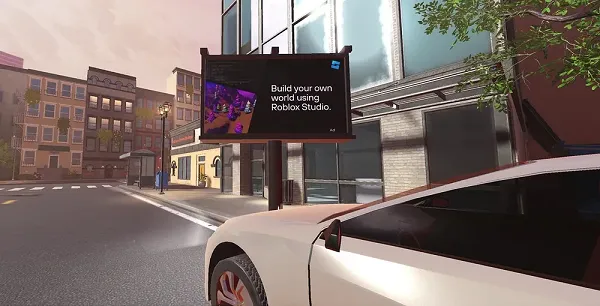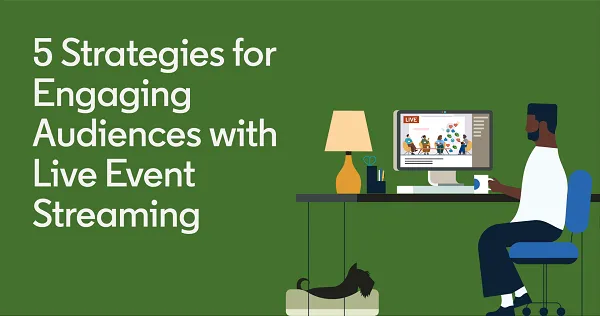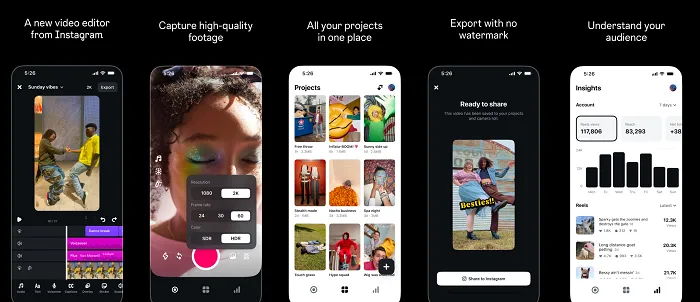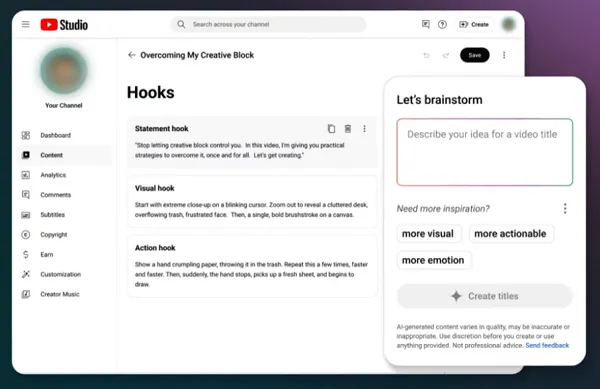AI Made Me Want to Trademark My Name. Here’s How I Did It.
How one author protected her brand without hiring a lawyer. It just takes time, patience, and a few hundred dollars.


Today’s post is by author Teri Case.
I was editing my third novel, Finding Imogene, on August 7, 2023, when the news broke that publishing-industry guru and nonfiction author Jane Friedman’s name had been stolen and plastered across AI-generated books on Amazon and Goodreads. To add insult to injury, Amazon wouldn’t take the shoddy books down because “Jane Friedman” was not a registered US trademark. It took a series of public posts by Friedman and interviews with worldwide outlets such as BBC and The Guardian before the fraudulent titles were removed.
She was not alone. Earlier that summer, psychological thriller author Kiersten Modglin had a similar experience, but Modglin’s name was trademarked, so the vendor immediately removed the bogus books.
My takeaway from Jane Friedman’s and Kiersten Modglin’s experiences? I needed to get a trademark for my author name, Teri Case.
A quick, discouraging search online made me think I’d only get one chance to get the application right, it was impossible to trademark an author’s name without the help of a lawyer or legal service, and while the government’s filing fee was a flat $350, the legal process could cost thousands of dollars.
I didn’t have thousands of dollars, but I did/do only have one name—one I wanted to reserve for my creative works and publications. I didn’t want someone else to put my stamp on cheap, hastily done work, and I didn’t want to struggle with online vendors to remove faux-Teri-Case titles.
So, what was this on-a-budget indie author to do?
Before I became an author-publisher in 2018, I was a C-level executive assistant. So, I dusted off my EA cap, flexed my resourceful fingertips, and got busy.
I am not a lawyer. I cannot guarantee that what worked for me will work for you, but as a literary citizen, I am happy to share the steps I took to trademark my name successfully.
Before we start
I want to share the most valuable tip I learned during this process, and it’s one I wish I had known before I began because it would have curbed some angst. It’s also a tip that no one offered online: If your application has a mistake or requires clarification or backup, it most likely won’t be denied outright. You will get a “Nonfinal Office Action” letter outlining what needs to be added or amended so the trademark office can further consider your request.
Step 1. Search existing trademarks
There’s no point in applying and spending money if the mark is taken. In August 2023, I went to the US Trademark Office website and searched to see if my author name, Teri Case, was already a trademark. Luckily for me, my name was not registered by anyone else. I had the green light to apply. You can search the existing marks for your author name or series here.
Step 2. Create a USPTO.gov account
An account and identity confirmation are necessary for the online application, but it’s straight forward and easily done. I created my account in seconds.
Step 3. Review free trademark basics tutorials at USPTO
From the USPTO’s free tutorials I learned that in order to trademark Teri Case, I would need to show evidence of two or more written works previously published that displayed and matched the requested mark, Teri Case, and they needed to be available to the public. Fortunately for me, my website’s homepage includes my name and the desired mark and has been active since 2014, my first novel Tiger Drive went live in 2018, and my second novel, In the Doghouse, was published in 2019. Stay tuned for how I included this information in my application as in-use evidence.
Step 4. Complete and submit an online application to USPTO
As an individual, I applied online for an International Class 016 trademark, identified as “A series of fiction works, namely printed novels and printed books featuring Teri Case.” Note: Do not do this. Keep reading!
As I mentioned in Step 3, evidence is required for a trademark, so I prepared a screenshot of the homepage on my website to prove the mark had previously been in use “anywhere” and took a picture of my published novels together as evidence of existence and commercial availability. Both were attached as “Specimens.”
5. Pay and wait
I paid $350 by credit card. The USPTO website has a banner at the top of the page that will tell you how backlogged they are on reviewing submissions. For example, when I applied in August 2023, they were processing applications submitted in January 2023.
The first response: April 2024
Five months after I submitted my application, I received an email response from the trademark office. My mark was not approved. But it wasn’t declined either.
Known as a “Nonfinal Office Action,” the PDF letter outlined the “Summary of Issues” with my application. The issues included:
- Section 1, 2, & 45 – Failure to Function Refusal (Name of Author)
- Identification of Goods – Amendment Required
The letter further outlined how to fix the above issues.
- To fix “Section 1, 2, & 45 – Failure to Function Refusal (Name of Author),” I needed to supply the following: Evidence of a series (includes photographs or screenshots of the covers of at least two different printed, recorded, or downloadable written works). Yes, I had already given them pictures of my books and my website, but I simply did it again.
- I also needed to supply Evidence of Control. They instructed me to attach an affidavit stating that as the applicant, I had published the goods and controlled their quality. They supplied an example of the necessary verbiage to include in the affidavit. So I went online and found a general affidavit and included the verbiage that the Nonfinal Office Action letter suggested. I also took it one step further and had it notarized so that there’d be no question about my identity and signature. Contact me about my template if you are concerned.
- I had to provide evidence the name Teri Case is promoted and recognized by others. I attached copies of book award certificates and online award lists to show that others valued and recognized the books with my name. I attached links and print outs of interviews about my books with my name. I attached a screenshot of my newsletter and website (again).
- To address “Identification of Goods – Amendment Required,” I needed to make one small change, per their instructions: When I first applied, I had identified as International Class 016, “A series of fiction works, namely printed novels and printed books featuring Teri Case.” Ironically, to fix this issue, I had to remove “featuring Teri Case.” My Identification of Goods could only read, “A series of fiction works, namely printed novels and printed books.” Do this instead of what I originally did.
I followed the instructions and links to “Respond to Office Action” by the July 2024 deadline they had provided. Then I waited.
Preliminary approval: September 17, 2024
I received confirmation my trademark was preliminarily approved and would be “published for opposition” for thirty days to allow people to file an opposition. This is standard procedure. There was nothing to do but wait and see if anyone would claim the mark could cause harm or damage to them or their business. So, I waited some more.
Thirty-day opposition window closes: October 18, 2024
I immediately checked online thirty days later, and my trademark had not been opposed. But it was not cleared right away by the USPTO. I suspect this was due to workloads and staff availability.
A nudge: December 18, 2024
My trademark remained in opposition flux even though no one had opposed it. So, finally, I emailed the USPTO and asked when the opposition hold would be removed. Within three days, they responded that my mark would be approved and published in January 2025.
Gold-seal approval: January 2025
I received the good news! USPTO sent me an email stating that my trademark was approved and officially published. The email included a PDF of the certificate. I also ordered a certificate for $25 because I wanted the gold-seal certificate in hand.
Before I move on, let’s talk about spam
Unfortunately, as soon as I applied for the trademark, I was bombarded by emails from supposed lawyers and legal services offering to help me make sure I filed correctly. Some even implied they were my assigned USPTO attorney. I deleted these emails. The correct emails you should pay attention to will end with @uspto.gov, such as TEAS@uspto.gov, TMTG.notices@uspto.gov, and TMOfficialNotice@uspto.gov.
You can do this!
I could have expedited the approval and avoided the Nonfinal Office Action step if I had identified and entered my mark correctly the first time as “A series of fiction works, namely printed novels and printed books.” And I should have attached the evidence of control affidavit along with the pictures of my published books and website.
To date, writing a novel is my proudest and most difficult accomplishment. Believe me when I say that if you have written and published two books, you are more than capable of applying for a trademark of your author name. It will cost you time, patience, and $350, but it will protect your name, brand, and hard work. That’s priceless.































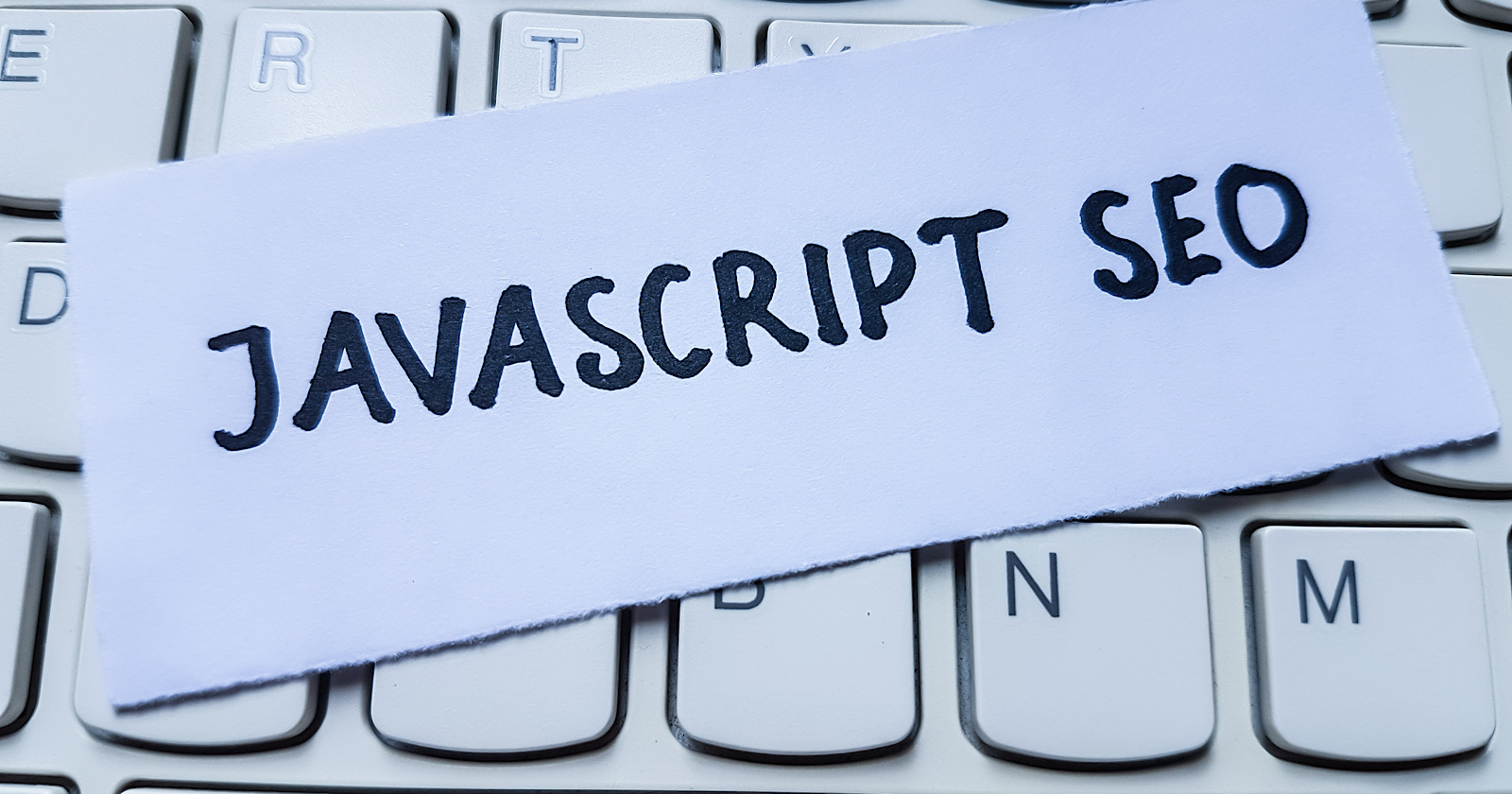







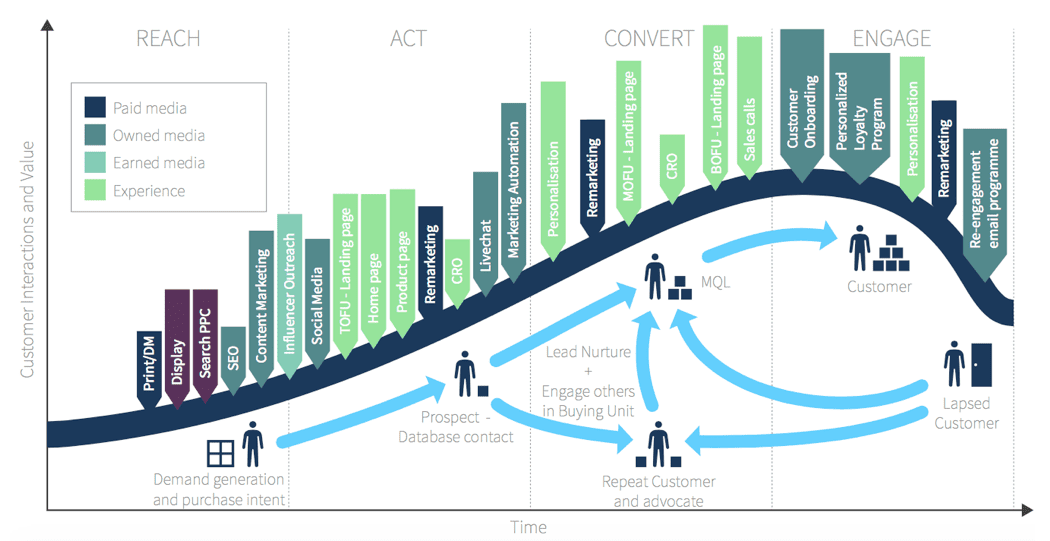
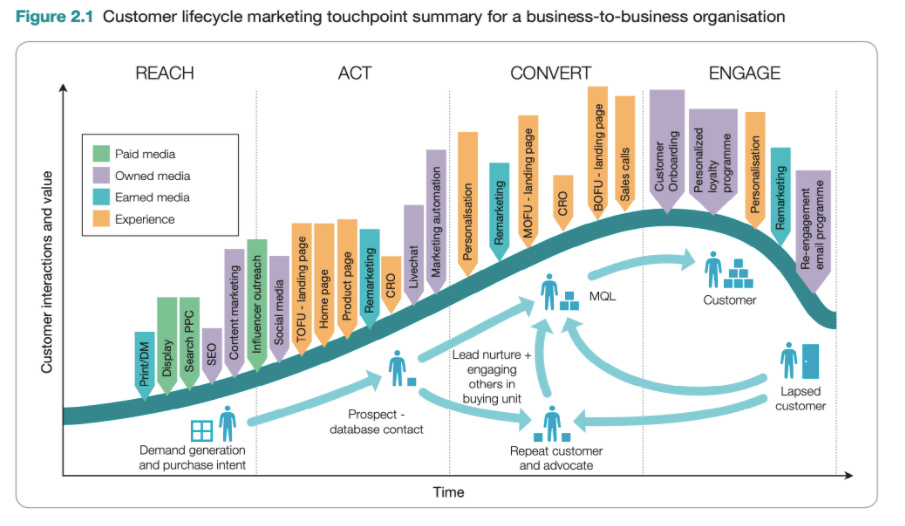
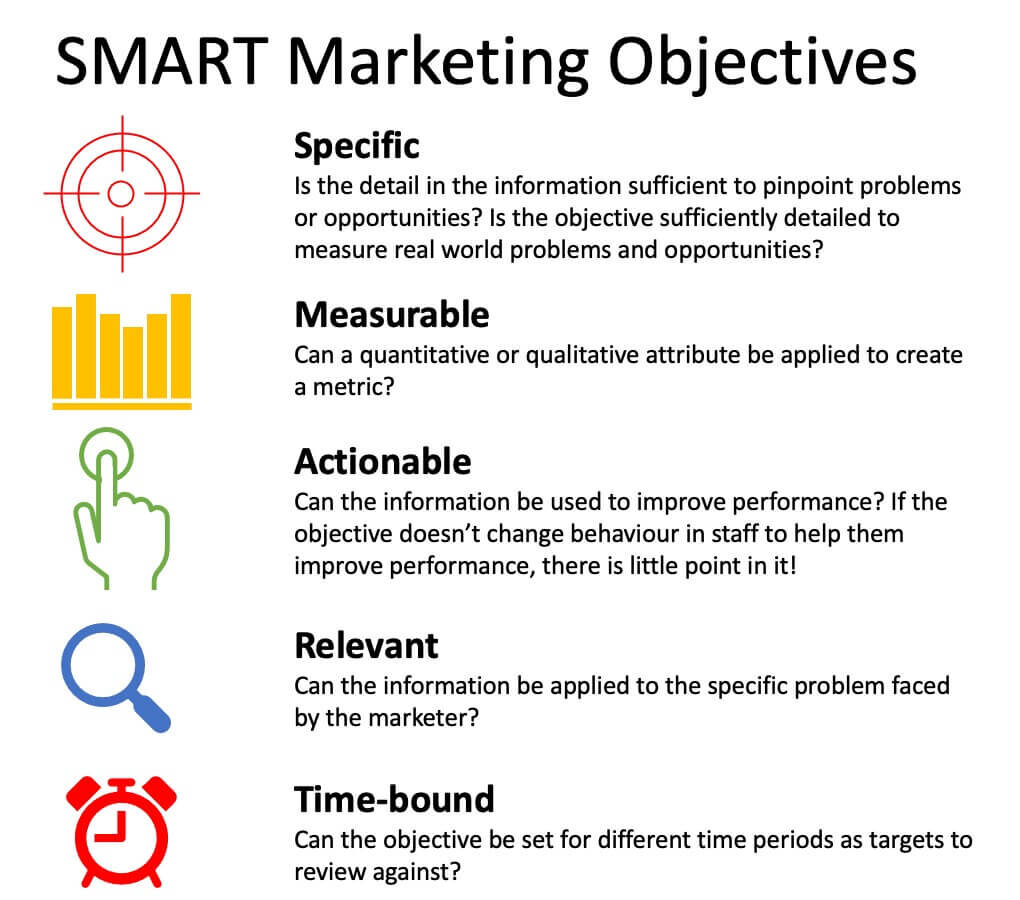









![How Marketers Are Using AI for Writing [Survey]](https://www.growandconvert.com/wp-content/uploads/2025/03/ai-for-writing-1024x682.jpg)









